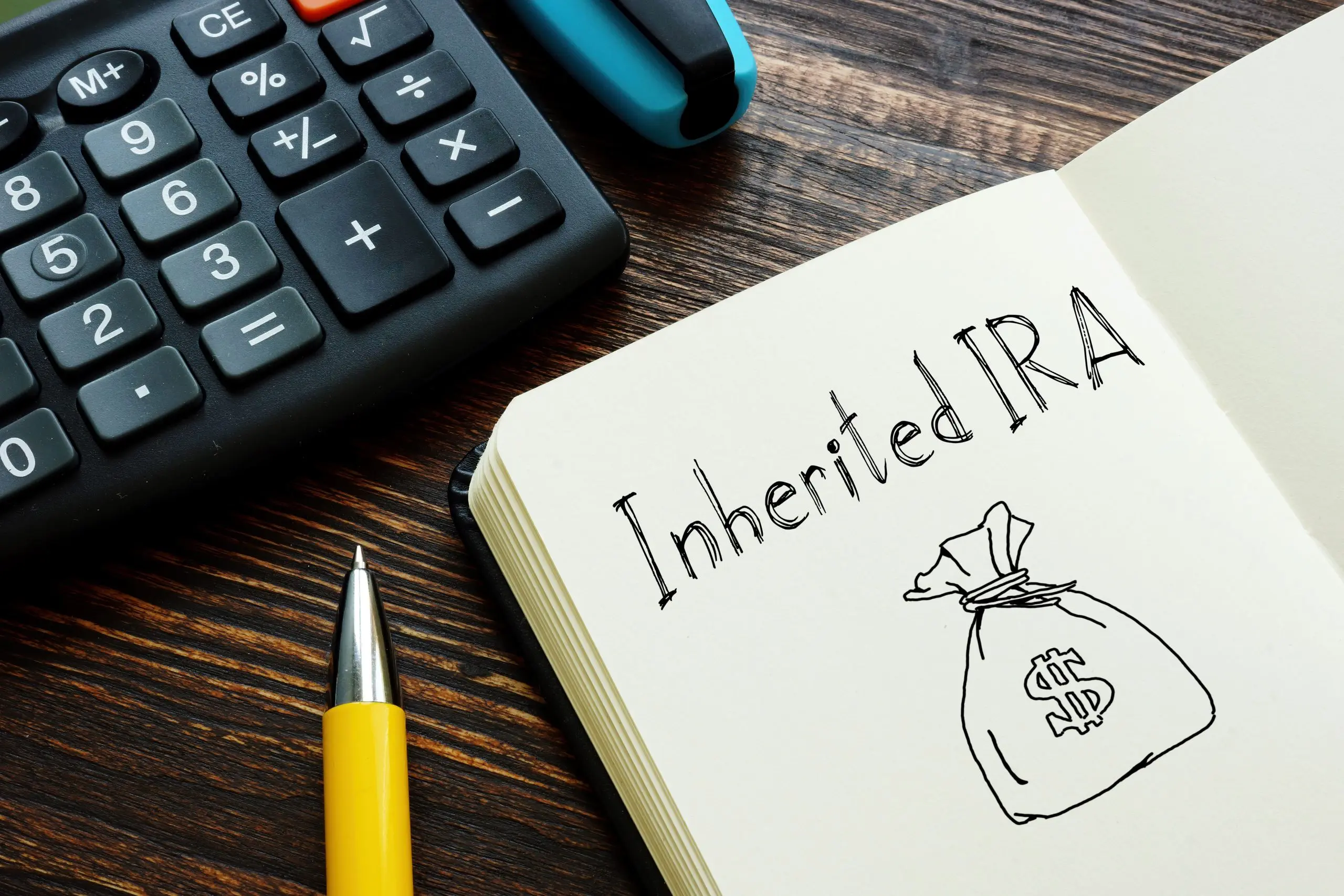It’s that time of year again: time to implement year-end tax planning strategies that can help you reduce your income taxes. While some strategies remain the same each year, new ones inevitably emerge. Here is a look at a few of the strategies you should consider.
Tax-Loss Harvesting in Taxable Brokerage Accounts
Tax-loss harvesting is a strategy to lower current taxes by selling investments in your taxable brokerage accounts at a loss. The loss can then be used to offset capital gains in the current year. You can use $3,000 of the excess to offset ordinary income if the losses exceed the gains. Any unused losses can then be carried forward to future tax years. It’s important to note that this is a Federal tax benefit and might not be valid in certain states, like New Jersey.
This strategy is tried-and-true and should be considered every year. However, due to the market conditions in 2022, the strategy contains a bit of a new wrinkle.
In years past, equity investments – whether individual stocks or mutual funds – were the investments that were sold for tax-loss harvesting because they are more volatile than fixed-income investments (i.e., bonds). However, this year, the rapid increase in interest rates has resulted in significant declines in the value of bond investments, including individual bonds and bond mutual funds, thus providing the opportunity for tax-loss selling. Therefore, reviewing your entire non-retirement portfolio for opportunities to save tax is important.
Roth IRA Conversions
Converting funds from your Traditional IRA to a Roth IRA is a strategy whereby you transfer funds from your IRA to a Roth IRA and pay tax on the amount converted. The benefit of doing this is that all the distributions from the Roth IRA are tax-free, including any earnings. You must meet specific criteria regarding age (59 ½ and older) and holding period (at least five years) when you distribute funds from the Roth IRA.
This strategy makes sense if you expect to be in a higher tax bracket in future years when you need the funds. For example, suppose you currently are in the 22% Federal tax bracket but expect that once you begin collecting social security and withdrawing the required minimum distributions from your retirement plan, you will be in the 32% Federal tax bracket. In that case, paying tax now (at 22%) by doing a Roth IRA conversion makes more sense than paying 32% at age 72.
This year, there is a new wrinkle to this strategy as well, which may make it even better to do a Roth IRA conversion before the end of 2022.
With both the stock and bond markets down 15% for the year (as of the date of this posting), converting to a Roth IRA before the markets recover (and they will) allows you to convert more shares, since the shares you are converting are at lower prices. In addition, you are transferring the expected growth from the inevitable market recovery from a tax-deferred account to a tax-free account.
As an example, the Vanguard Total Stock Market Index (VTI) is down almost 17% for the year. By converting that asset to a Roth IRA, the taxable income is 17% lower than if you would have converted the investment at the beginning of the year. Then when the fund recovers its 17% loss in the future, all that appreciation will not be taxed to you since it occurred in the Roth IRA.
Deferring Income into the 2023 Tax Year
The IRS recently announced changes to the standard deduction as well as the marginal tax brackets beginning in 2023. These increases are approximately 7%, which means that assuming you had the same taxable income in 2023 as you do in 2022, your Federal income tax will likely be lower. How much lower will depend upon your taxable income as well as how close your income is to the end of one marginal rate to the next one. The 7% increase is a historically large increase. With that in mind, you may want to push income, if possible, that you would have received and been taxed on in 2022 to 2023 instead.
This is not easy to do for everyone. W-2 wage earners would be hard-pressed to be able to defer their salaries or bonuses into next year. It would be easier for business owners to control their receipts as the end of the year approaches.
A new wrinkle to consider this year is purchasing short-term Treasury securities (with maturities of less than one year) that mature after the end of the year. By doing so, the income is not picked up on your tax return until next year. This has always been the case with short-term Treasury securities. What makes this an attractive strategy this year is that for the first time in many years, those securities are yielding greater than half of one percent. The yield to maturity on six-month Treasury securities recently hit 4.25% (annualized), which is significantly higher than just twelve months ago.
Accelerating Expenses into the 2022 Tax Year
If you do expect to pay lower Federal taxes due to the marginal tax bracket expansion, you may want to accelerate expenses you normally would pay and deduct in 2023 in 2022 instead.
Examples of this include paying certain expenses before the end of this year that you normally would pay in January. This includes your mortgage, property, state and local income taxes, and charitable donations. You should carefully analyze your 2022 income tax situation to be sure you can deduct these expenses, all of which are itemized deductions.
If you are self-employed, you can prepay your January health insurance premium, which is an above-the-line tax deduction not subject to itemized deduction limitations. Business owners may want to splurge on the end-of-year holiday party this year since the expense is fully deductible. Beginning in 2023, this expense will only be 50% deductible unless changed by Congress.
Qualified Charitable Contributions from Your IRA
November and December are the months when people donate the most to charity. The Qualified Charitable Distribution (QCD) allows individuals over age 70 ½ to donate up to $100,000 to charity directly from an IRA on an annual basis. The amount of the QCD is not taxable, which could keep you in a lower tax bracket and prevent phaseouts of other tax deductions (itemized deductions, taxability of Social Security benefits, and IRMAA charges). This is especially useful for those who do not need to take the required minimum distribution to fund their cash needs.
In Conclusion
Tax planning opportunities are not limited to the common ones discussed above. Other opportunities include maximizing contributions to retirement accounts (i.e., 401(k), 403(b), IRA, SEP IRA, etc.) and health savings accounts, bundling charitable deductions into this year to be able to itemize tax deductions, and forming a Solo 401(k) plan if you are self-employed. We recommend contacting your financial planner to determine which of these strategies is appropriate for your situation.



